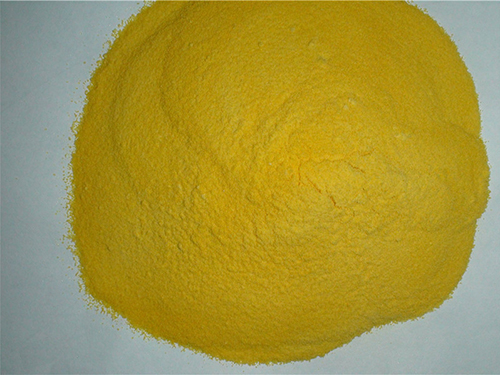ci me isothiazolinone
Understanding CI ME Isothiazolinone Applications and Safety Considerations
CI ME Isothiazolinone, often referred to as Methylisothiazolinone, is a chemical compound that has gained significant attention in the fields of cosmetics, personal care products, and industrial applications. It is a biocide that serves as an effective preservative, inhibiting the growth of bacteria, fungi, and yeast, which is crucial for maintaining product integrity and safety.
What is Methylisothiazolinone?
Methylisothiazolinone (MI) is a synthetic organic compound in the isothiazolinone family. It is chemically known as 2-Methyl-2H-isothiazol-3-one and is most commonly used in formulations where water is a primary component, such as lotions, shampoos, and other aqueous-based materials. Its ability to prevent microbial growth makes it an essential ingredient in products that would otherwise be vulnerable to contamination, thereby prolonging shelf life and enhancing safety for consumers.
Applications of CI ME Isothiazolinone
Due to its antiseptic properties, Methylisothiazolinone finds a wide array of applications. The beauty and personal care industry predominantly utilizes it in moisturizers, conditioners, and makeup products. It is equally common in household products like cleaning agents, paints, and adhesives, where preventing microbial growth is vital for maintaining effectiveness and preventing spoilage.
In industrial settings, MI is often employed in water-based formulations, including those used for cooling systems, paints, and lubricants. Its multifaceted applications highlight its importance across various domains — from consumer goods to industrial manufacturing processes.
Safety and Regulatory Considerations
ci me isothiazolinone

While Methylisothiazolinone serves as a potent preservative, its safety has been a topic of concern. Over the years, increasing reports of allergic reactions and sensitivities to the compound have prompted regulatory bodies to impose restrictions on its usage. The European Union, for example, has set stringent guidelines limiting the concentration of MI in cosmetic products, especially those designed for leave-on applications.
As a result, many manufacturers have begun formulating products with lower concentrations of Methylisothiazolinone or transitioning to alternative preservatives deemed safer for consumers. It's essential for consumers to check product labels, especially if they have known sensitivities or allergies. Patch tests are also recommended when using new products containing MI to gauge individual reactions.
Alternatives to CI ME Isothiazolinone
Given the safety concerns related to Methylisothiazolinone, researchers and manufacturers are continually exploring alternatives. Natural preservatives such as essential oils, vitamin E, and other botanical extracts have gained traction as viable substitutes in various products. However, each alternative presents its challenges in terms of efficacy, stability, and consumer acceptance.
Additionally, the rise of clean beauty trends has led to a demand for products without synthetic preservatives like MI. This shift is moving the industry toward safer, more sustainable options that cater to health-conscious consumers while still delivering effective preservation against microbial growth.
Conclusion
In conclusion, CI ME Isothiazolinone (Methylisothiazolinone) is a widely-used preservative that plays a crucial role in preventing microbial growth in a variety of products. However, safety concerns surrounding its use have led to increased scrutiny and regulatory measures, prompting the search for safer alternatives.
As consumers, it is vital to be informed about the ingredients in our products and make choices that align with our health and wellness needs. The beauty and personal care industry, along with manufacturers in other sectors, must continue to prioritize safety and transparency in their formulations while innovating to find effective and safer preservation methods. The ongoing evolution in the approach to cosmetic preservation reflects a growing commitment to consumer safety and environmental responsibility in an ever-changing market landscape.
-
Water Treatment with Flocculant Water TreatmentNewsJun.12,2025
-
Polymaleic AnhydrideNewsJun.12,2025
-
Polyaspartic AcidNewsJun.12,2025
-
Enhance Industrial Processes with IsothiazolinonesNewsJun.12,2025
-
Enhance Industrial Processes with PBTCA SolutionsNewsJun.12,2025
-
Dodecyldimethylbenzylammonium Chloride SolutionsNewsJun.12,2025





